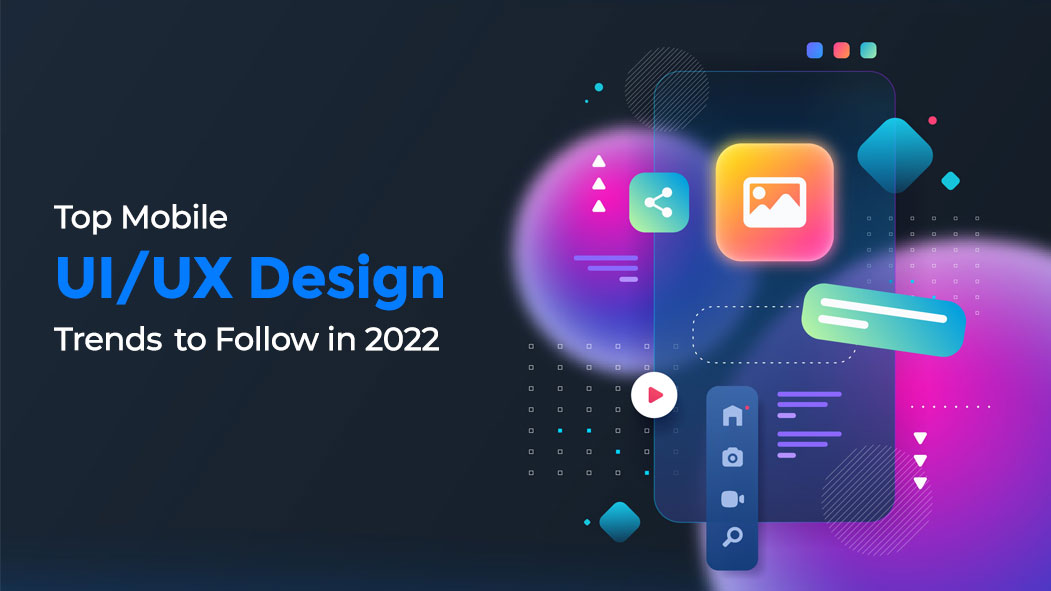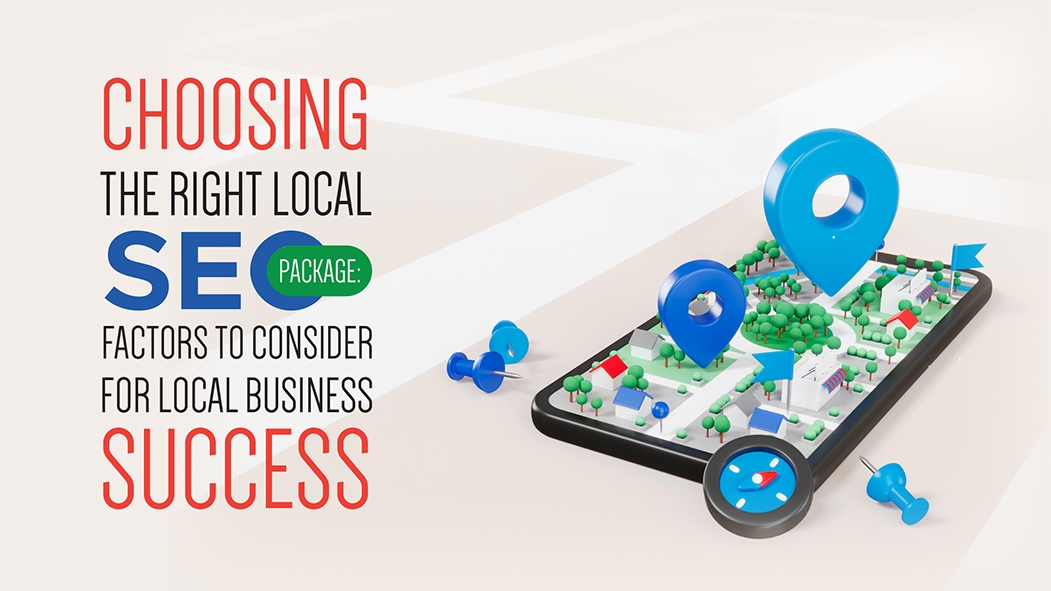August 23, 2022

Globally, there are approximately 5.22 billion mobile phone users with their unique requirements and needs, behaviors, and environment. Therefore, it is imperative to design experiences with the users at the focal point. The fundamental focus of mobile UX is designing applications or websites based on the subjective needs of mobile users. This usually covers user experience design for mobiles, tablets (handheld devices), and even wearables.
In today's time, smartphones have become a vitally important part of human lives. The screen of a smartphone is the first thing a lot of people see in the morning and the last thing they see before falling asleep. And a striking 88% of this total time spent on mobile phones is spent on mobile applications.
Need For Change - Why Is An Update In Mobile UI/UX Design Required?
The world is changing at the speed of light, there's new technological development every day and with it, new approaches to design emerge. With over 1.88 billion active websites today, being up to date with the design trends has become a big requirement. Change is no longer a solitary choice of the company that is looking to scale. For companies that want to keep up with the time, following new design trends is a must. The presence of these factors increases the risk of overload of interface with a myriad of elements.
Top UI/UX Trends For Mobile Applications
1. Micro UI Animations
Micro-animations are brief, preferably useful animations that assist the user by providing visual cues and more clearly displaying changes. Micro-animations make it possible to convey a lot of information without using words. The user is assisted in comprehending the hierarchy and placing the items in context by the use of micro-animations, a trend followed by most UX/UI design companies.
2. Dark Designs
The skillful use of negative space is one of the core components of a great dark UI design. Dark user interfaces may come off as oppressive and weighty if improperly designed. Designers can counteract this by utilizing negative space inside simple, minimalistic designs to make dark UIs more lightweight.
3. Super Apps
Super apps have recently begun to fast replace single-purpose apps in the market. Superapp is a versatile app. Basically, a single software that can perform a variety of tasks. In order to avoid consumers having to move to another app in order to solve their problems, these apps work to build ecosystems that cater to all user demands.
4. Advanced Animation
Advanced animation is one of the greatest mobile UI design trends that you should incorporate into your designs. Simple gestures will no longer draw users to your website. You'll see the difference when you add new, trickier transitions.
5. Neomorphic
Neomorphism, sometimes known as neu-skeuomorphism, is a trendy approach. This visual language makes use of materials and design aspects that resemble the real environment. Neomorphism differs significantly from skeuomorphism in that designers who employ it do it exclusively for aesthetic reasons.
6. Glass Morphism
This is another trend that is more associated with UI than UX, along the same lines as neomorphism. Glass morphism is becoming more and more popular because of how similar it looks to glass. A mobile application development company like Webmantra ensures to incorporate these trends in your design if they align with your business goals.
7. Conversational Design
Designing conversational user experiences can improve how people and technology interact. It entails having direct dialogues with robotics, voice-enabled apps, and AI characters (Alexa, Google Assistant, Siri, etc.). Less training is required for users to operate an interface, the more it has the features of human conversational design.
8. Transparent Elements
Designing conversational user experiences can improve how people and technology interact. It entails having direct dialogues with robotics, voice-enabled apps, and AI characters (Alexa, Google Assistant, Siri, etc.). Less training is required for users to operate an interface, the more it has the features of human conversational design.
9. Voice Interactions
If you incorporate voice user interfaces into your UX design, you can create your own applications for products that only support voice interaction, which is very helpful if you want to work with smart environments, or you can use voice interplay to make interaction with currently available graphical interfaces more user-friendly.
10. Dynamic Visual Experience
The goal of visual design is to make it easier for users to perceive buttons, menus, controls, and other places on a screen where they may take action. Making a design seem good is the main goal of visual design. The focus is on creating aesthetically appealing interfaces that support brand guidelines and the broader UX vision.
11. Augmented Reality App Design
Augmented Reality makes it easier to overlay information over objects, photos, text, etc. As it aids users in developing a greater understanding of the world they are interacting with, we anticipate that AR will be employed mostly in education, art, and entertainment.
12. Data Security And Privacy
Many consumers are concerned that powerful IT corporations are analyzing their online behavior. Additionally, widespread data leaks made people hesitant to divulge their private information. Leaders in the industry are trying to solve some of these issues. We frequently provide our personal information throughout steps in the user flow like registration and log-in. A private method of signing into apps and websites, Apple's Sign in with Apple functionality was announced in 2020.
13. Face Or Touch ID Verification
On many devices nowadays, Face ID has taken the position of the Touch ID fingerprint sensor in most UX/UI designs. Your face is utilized to unlock the phone instead of your fingerprint. This is accomplished by the phone projecting over 30,000 invisible dots onto your face, which enables it to build a very accurate facial map.
Conclusion
Consumer need for convenience has increased to a new level. Designers should concentrate on those who require accessibility and learn to work with non-verbal and non-visual interfaces. The number of interactive elements in mobile applications will rise, and the content on their sites will become even more tailored, at the same time as high-speed internet access and internet users continue to grow.
To learn more about UI/UX Design Trends to Follow in 2022, contact Webmantra!
To learn more about UI/UX Design Trends to Follow in 2022, contact Webmantra!

 Academy
Academy






